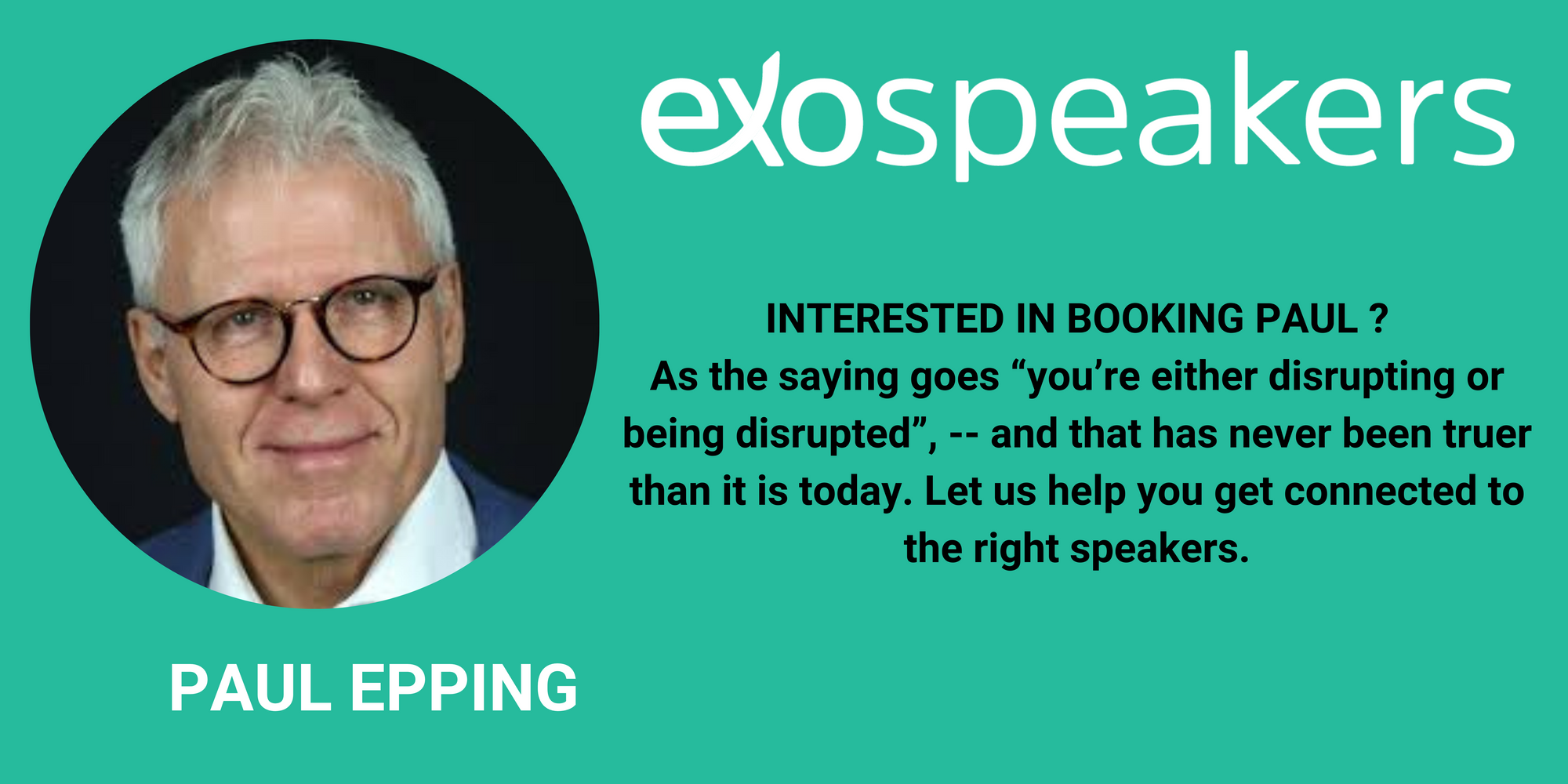
A Critical Look At Some (MT)Ps
‘Stories move us. They make us feel more emotion, see new perspectives, and bring us closer to each other’.
We can look at companies such as Tesla, which are massive in growth and importance, as well as transformative. In just one decade, most car manufacturers are shifting towards electric cars in order not to miss out. Many new ones have entered the market such as Nio, Fisker, and TOGG. Absolutely transformative, but also massive, since we still want to own a car, even if it is an autonomous vehicle, and not active for >90% of the time. Pretty impressive tangible effects of massiveness and transformation.
Although Tesla is talking about a mission instead of purpose (why?), I think that its mission is an interesting purpose: to accelerate the world to sustainable energy. We are taking for granted that the production of electrical cars and their effects on our environment (carbon footprint, massive need for lithium, plastics) will leave some scars in the landscape. A typical, medium-sized family car (combustion engine) will create around 24 tons of CO2 during its life cycle, while an EV will produce around 18 tons over its life. To produce batteries, 46% of its total carbon footprint is generated at the factory, before it has even traveled a single mile. Still, there is a positive difference, and maybe that will improve during the coming years according to solutionists. We will touch on that one later.
Another popular example that people like to refer to is Netflix as an example of disruption. Indeed, they have an interesting mission (not a purpose?!) ‘Stories move us. They make us feel more emotion, see new perspectives, and bring us closer to each other’. In addition to being able to watch movies produced by all sorts of production companies for a little fee, Netflix also produces its own content: movies, series (some with multiple seasons), documentaries, kids & family, etc. (1)
Technically, Netflix disrupted the access to watching movies by simplifying the streaming process, including a variety of online functionalities to make it easy for users. Did you know that a kid sees 200.000 acts of violence on TV before reaching the age of 18? (2) It has become almost ‘normal.’ About 50% of the people who have Netflix, prefer this streaming service above other channels. Extrapolated to the above-mentioned number of violent acts, we are roughly talking about a whopping 100.000 of these acts, merely on Netflix. If this is related to ‘see new perspectives,’ what does that actually mean in the realm of violent acts? Or, if series become hits on Netflix, actors don’t make additional money, opposed to other channels or producers. Does that really bring people closer together?
ESGs a comfortable substitute for Purpose?
More examples of companies with a ‘purpose’ can be described and scrutinized, leading to the conclusion that having a purpose appears to be relative. Putting the focus on decreasing the carbon footprint is popular these days and often presented as ‘purpose’. It is fantastic that companies put environmental topics higher on the agenda. (3) It is also a bit confusing because it is not clear whether we are talking about ‘purpose’ or about ESGs (Environment, Social, and Governance)? We think that there is a big difference and should not be confused. The latter can be included (or should be) in the purpose, not the other way around.
It is more than welcome that Apple, Google, Amazon, and others are reducing their contribution to global warming by making impressive promises. But does their ‘purpose’ also include finding ways not to pay taxes as well as other debatable practices, such as data privacy issues (Google)? Or putting a lot of pressure on companies they invested in to achieve their targets even by the interference of activists (BlackRock). (4)
At the surface it all looks spectacular: going a step deeper and asking different questions, doing some reading and research and the world is about to change a bit. Being critical about what you see is key, even more so when you add some context to it. The analog of looking at a picture of a landscape, building, etc. may be helpful. In order to think critically, you must determine the broader context of that picture you are looking at, by asking questions such as: what camera was used, what angle, time of the day, and reason for why the picture was taken, etc. After going through this series of actions, the meaning of that precious moment will change instantly. Back to the MTP, if we were to add “Inclusiveness” to it, would the MTP be more complete, because you are forced to reason through its consequences?

Light on shiny objects dazzles
If you think that all this applies to big companies… wrong! The startup culture, specifically in Silicon Valley and China, contributes to a culture of superficiality. It all looks bright and shiny from the outside, once people (usually Millennials, Gen Z, and Y) are starting to work there, a lot of fundamental things seem to have vaporized, gone …. health benefits, career development, working hours, etc. The story behind the unicorns, hitting the $1 bln revenue mark in a (very) short amount of time is not as shiny as it is presented. (5) The Chinese startup world is even crueler. The 9-9-6 mentality is common practice (working from 9 am to 9 pm, 6 days is standard, but the upside deviation of that rule seems to be accepted as well: e.g. 9-11-7). It's an arena where everything is allowed, specifically concerning AI, according to Kai Fu Lee. (6) There is nothing wrong with working hard, don’t get us wrong. It is about the rat race that never stops whereas you, as a startup, think that it will stop and that you are the first and only one with the most brilliant solution. Hyperbolic discounting on steroids!
Hyperbolic discounting extended
We are living in a society where speed seems to be the most important factor. This puts a lot of pressure on making quick decisions. Hyperbolic discounting is a ‘present bias’. People tend to choose smaller, immediate rewards rather than larger rewards that are delayed in time. It may have originated from our biological design of the brain. Of course, the role that our amygdala plays can’t be underestimated. This paired structure, located deep within the temporal lobe, is activated in case of fear, sadness, and aggression. It’s not surprising the males have larger ones…. And yes, we have two of them, on both sides of our brains. (7) They work together and there is evidence that some aspects of amygdala function predominate on each side. It’s also good to know that it is not only about negative emotions, but also positive emotions triggered by rewards. Maybe there’s a relationship with hyperbolic discounting which is about short-term rewards.
Although the little amygdala wrapped by the larger neocortex, it acts emotionally pretty bossy. Sort of like David and Goliad. Emotions kick in first and then (hopefully) the neocortex says… ‘wait a minute let’s think about it….’, ending up with working on some ‘repairs’, to mitigate the quick decisions. Hoping that it is not too late.
This article was written in collaboration with Alina Solotarov, Research, Xponential https://xponentialtalks.com
- https://en.wikipedia.org/wiki/List_of_Netflix_original_programming
- http://www.csun.edu/science/health/docs/tv&health.html
- https://sustainablebrands.com/read/walking-the-talk/2020-s-top-10-trends-in-purpose-and-what-they-could-mean-for-you-in-2021
- How boards work. And how they can work better in a chaotic world, D. Moyo, 2021
- Lab rats, D. Lyons, 2018
- AI Super Powers, Kai Fu Lee, 2018
- The amygdala is responsible for the perception of emotions such as anger, fear, and sadness, as well as the controlling of aggression. The amygdala helps to store memories of events and emotions so that an individual may be able to recognize similar events in the future (https://study.com)
This article is part of a series on The Price of Exponential Growth: Will it still be relevant that what we don’t want. Be sure to catch each one. (Links will be provided below as they are published)
Does Exponential Growth Have A Price? Time, And A Lurking Paradox (Part 1)
A Critical Look At Some (MT)Ps (Part 2)
Nature’s Ingenuity (Part 3)
One of the kindest things you can do is to share this information if you found it informative or it increased your understanding in some way. Please use the social sharing buttons or whatever method you like and share on your favorite social channel! Karma is cool and you'll look cool for sharing.

ExO Insight Newsletter
Join the newsletter to receive the latest updates in your inbox.










